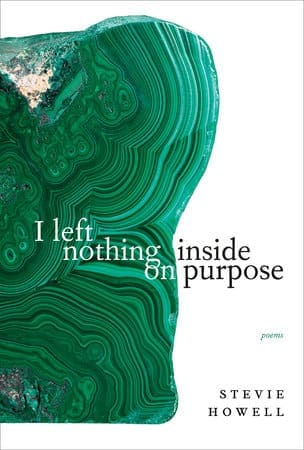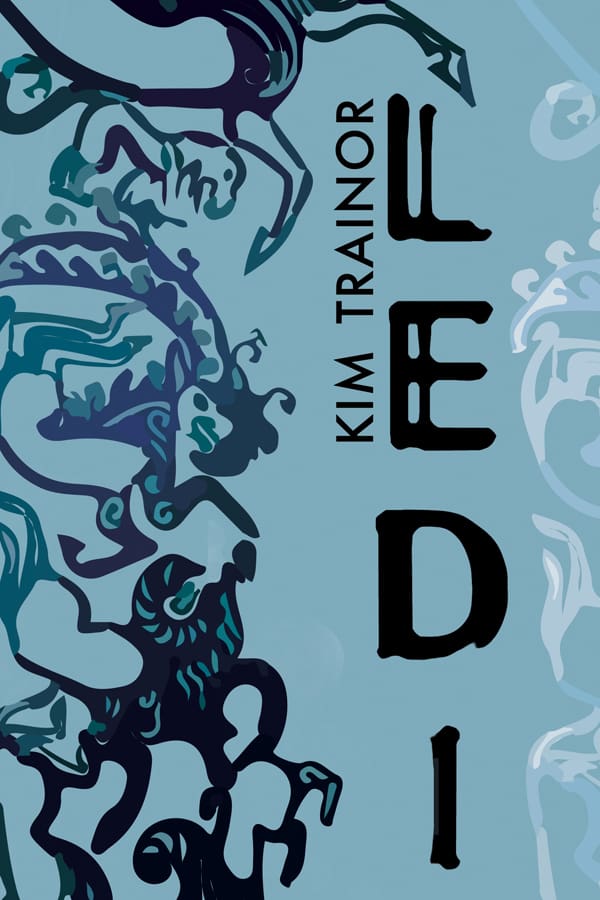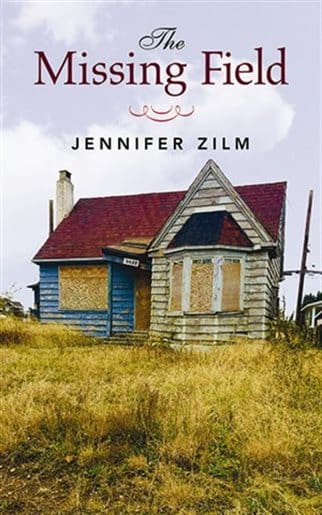ASK A SHORTLISTER: When is a collection of poems finished?

We asked the poets shortlisted for our 2019 Book Awards some questions about their writing lives, inspirations and -of course – poetry. Join us for our weekly series Ask a Shortlister until the winners are announced on June 8, 2019.
***
How do you know when a collection of poems is finished?
Mikko Harvey: Individual poems, in their quiet way, tell you when they are finished. I think collections do this too. But it can be harder to hear what your collection is saying, maybe, because there are a variety of other factors swirling around—you may have a philosophy in mind that you’re trying to project onto the collection, or you may be clinging to an old idea of what you wanted the collection to be when in fact it’s decided to become something different, or you may be trying to rush the poems into (or delay them from) publication for some psychological reason. All of that can make it harder to look at what’s directly in front of you. I certainly have plenty of my own little inner obfuscation habits. But when I stray too far I try to just return to the simple goal of making a collection that feels new and strange and true, and embrace a kind of powerlessness about everything else, and hopefully this opens up a space for hearing when the collection says it is finished.
Jenny Haysom: If it were allowed, I’d write one long book, and keep revising it, the way Marianne Moore wrote and rewrote the poem “Poetry” until she’d gutted and ruined it. Luckily, things get printed… and real toads get stuck in imaginary gardens.
Stevie Howell: A poem told me. For I left nothing inside on purpose, I wrote the poem, “The long hall,” & it told me, “I’m the last poem for this book. Everything else you write from now on won’t belong in here. Most of it will be crap, actually. Go ahead if you want, some of it will be for the next book. But I am the last poem for this book. You need to cut X, X, X, & X. Also, here is the order all the poems need to be put in.”



Jim Nason: Knowing when I have completed the first draft a collection is very intuitive. Then, through the editing process I ask myself a series of questions that takes me beyond intuition and is much more intentional about my expectations of the book. I ask myself if I have said what I wanted to say in each poem? Can I go deeper? Expand or cut? In the case of Rooster, Dog, Crow: Did I give each of the three characters equal stage time and space to explore the questions they wanted to explore? As Rooster sets out to explore the world on stilts in “Eggshells,” he asks himself, What if there is no better life? I had to ask myself several times during the editing process if I’d answered Rooster’s question.
Kim Trainor: I tend to write in longer form—book-length poems—so the architecture of the poem tells me when it’s done. I knew Ledi would have at least 4 distinct parts—although at most I had a title for each section and an intuition of what it might contain. One section, “Ghost,” came later; I wrote this at Banff almost 2 years after I wrote the rest of Ledi. My most recent manuscript, Bluegrass, is structured around the 64 hexagrams of the I Ching, so I wrote one ghazal for each hexagram.
Jennifer Zilm: When it’s published and in my hands I consider that incarnation of the book to be finished. I still revise poems in readings or remember published versions incorrectly. I had a poem published recently where I was certain that the poem included the phrase “one does not know the difference between turquoise and indigo.” I was talking about poem with my sister and a close friend and they both took issue with this because turquoise is (apparently) almost green and indigo is almost purple and I defended the line. I reread the published incarnation of the poem and I had said cerulean not turquoise at all. I’m pretty committed to turquoise now though and will likely substitute turquoise for indigo.



***
Hear more from our 2019 Shortlisters here.
